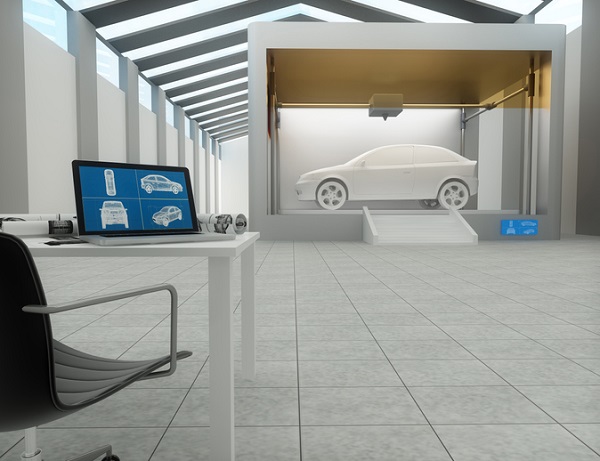Interested in Automotive Technology Training? Take an Inside Look at the First 3-D Printed Hypercar

Divergent Microfactories has built the first 3D printed hypercar in the world. It’s called the Blade and it offers luxury, high performance, and style, all while providing a peek into some awesome solutions to environmental and economic challenges.
Offering tandem centre seating, 700 horsepower, and four-wheel drive with a light frame, this car is an optimistic projection of what could be around the corner for the future of vehicle manufacturing. It also doesn’t hurt that it can go from 0-60 mph in just 2.2 seconds. Garnering over 100 million dollars in investments, it’s no secret that this car has people excited and the industry buzzing.
Read on to see what all this could mean for the auto industry!
Students in Automotive Technology Training Might Be Impressed by Green, Clean Energy
The Blade produces 1/3 of the emissions a typical car creates. However, that’s not the only thing about it that is gaining attention. While there are many cars on the market using effective, efficient, clean energy, the actual manufacturing of these machines is not always easy on the environment. When a car of the Blade’s calibre can be created using 3D printing technology, it offers a car that is manufactured in a manner that is gentler on the planet as well.
As the industry moves towards greener cars and the world becomes more concerned with protecting the environment, options that have a smaller carbon footprint might become even more popular. For students in an automotive technology course, the Blade serves as great inspiration and an example of what’s possible.

An Industry With Style Awaits After Auto Technology School
The Blade is a beautiful car, with a chassis built from 3D parts. The parts are nodes constructed from aluminum, resembling children’s toy construction blocks. Carbon fibre tubing is used to join the nodes and quickly build the chassis of the vehicle.
You can see what that assembly looks like in this short clip:
Since the Blade’s body isn’t integral to the car’s structure, it could theoretically be built out of any material, because the chassis is structurally sound. The aluminum nodes don’t sacrifice on durability—in fact, they are both stronger and lighter than parts built with traditional methods. Tandem centre seating adds to the unique, futuristic style of the Blade, with a slick shape and style that appeals to auto tech enthusiasts.
Economic Disruption in the Automotive Industry
The automotive industry is always adapting and innovating, perhaps now more than ever before. The Blade helps to show what some of that innovation looks like, as it uses 1/50 the factory capital costs in comparison to other cars. 3D printing is a low-cost, accessible method of manufacturing. This creates disruption within the automotive industry when a hypercar like the Blade is able to be produced. The same system that built this hypercar could potentially build any range of vehicle, from a sedan to an SUV. This opens up the industry to new possibilities for inexpensive vehicles to be built and purchased.
With the help of automotive technology training, students enter their trade equipped with the fundamentals, ready to join an industry that is forever changing. 3D printing is an exciting addition to the world of car manufacturing, with the prospect of transforming the trade in all kinds of exciting ways.
Are you interested in learning more about auto tech?
Contact Automotive Training Centres for more information about our auto technology school.

